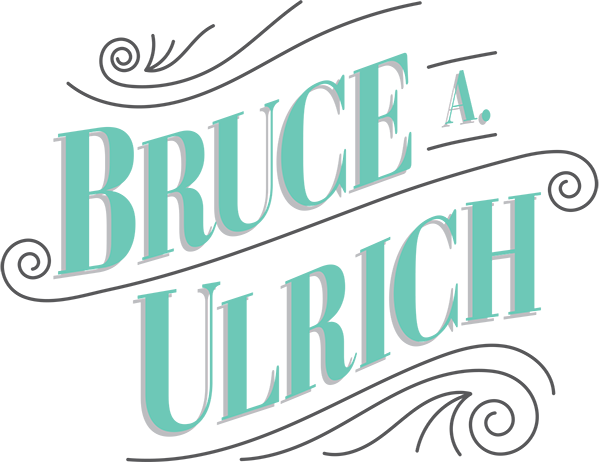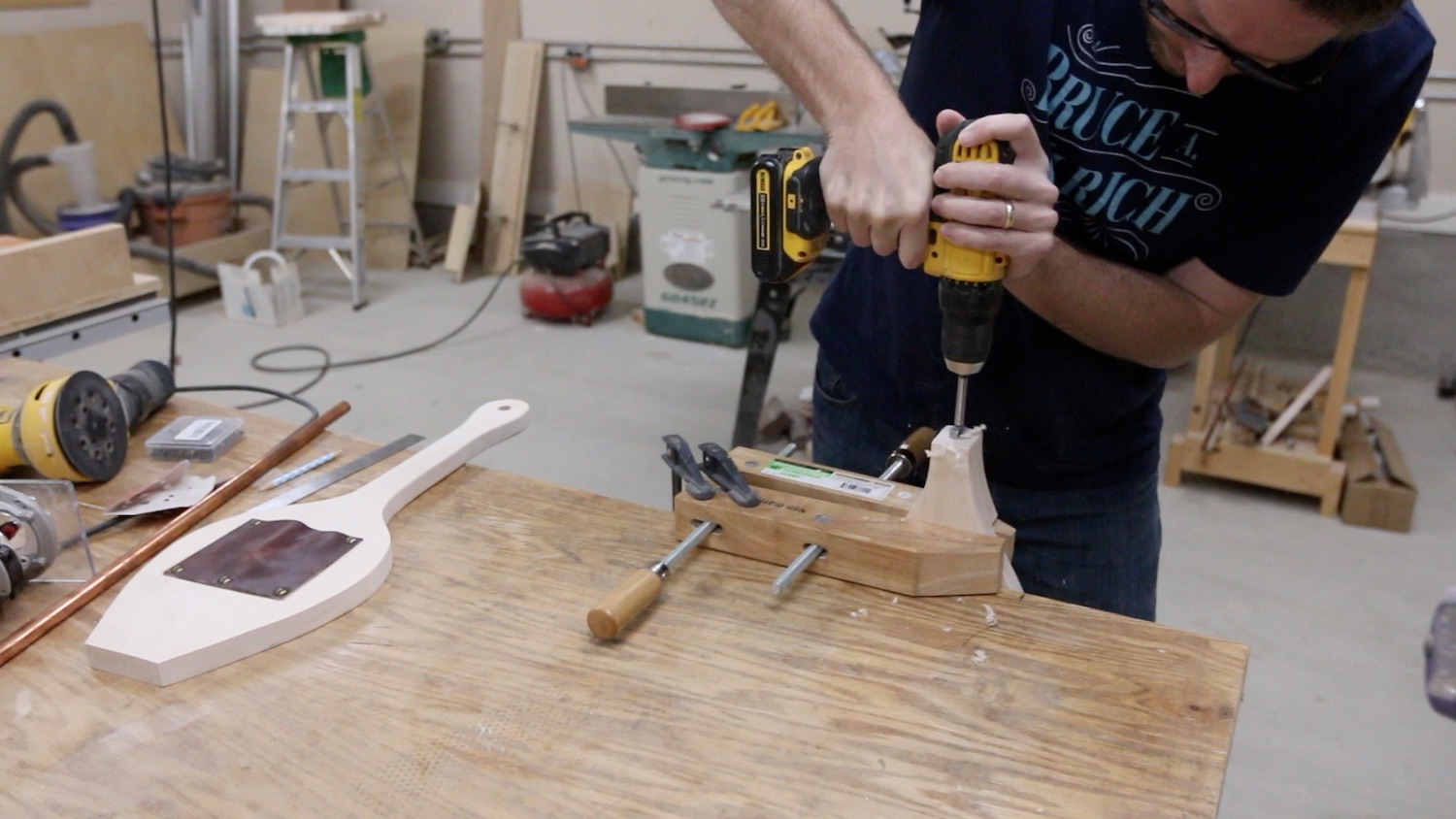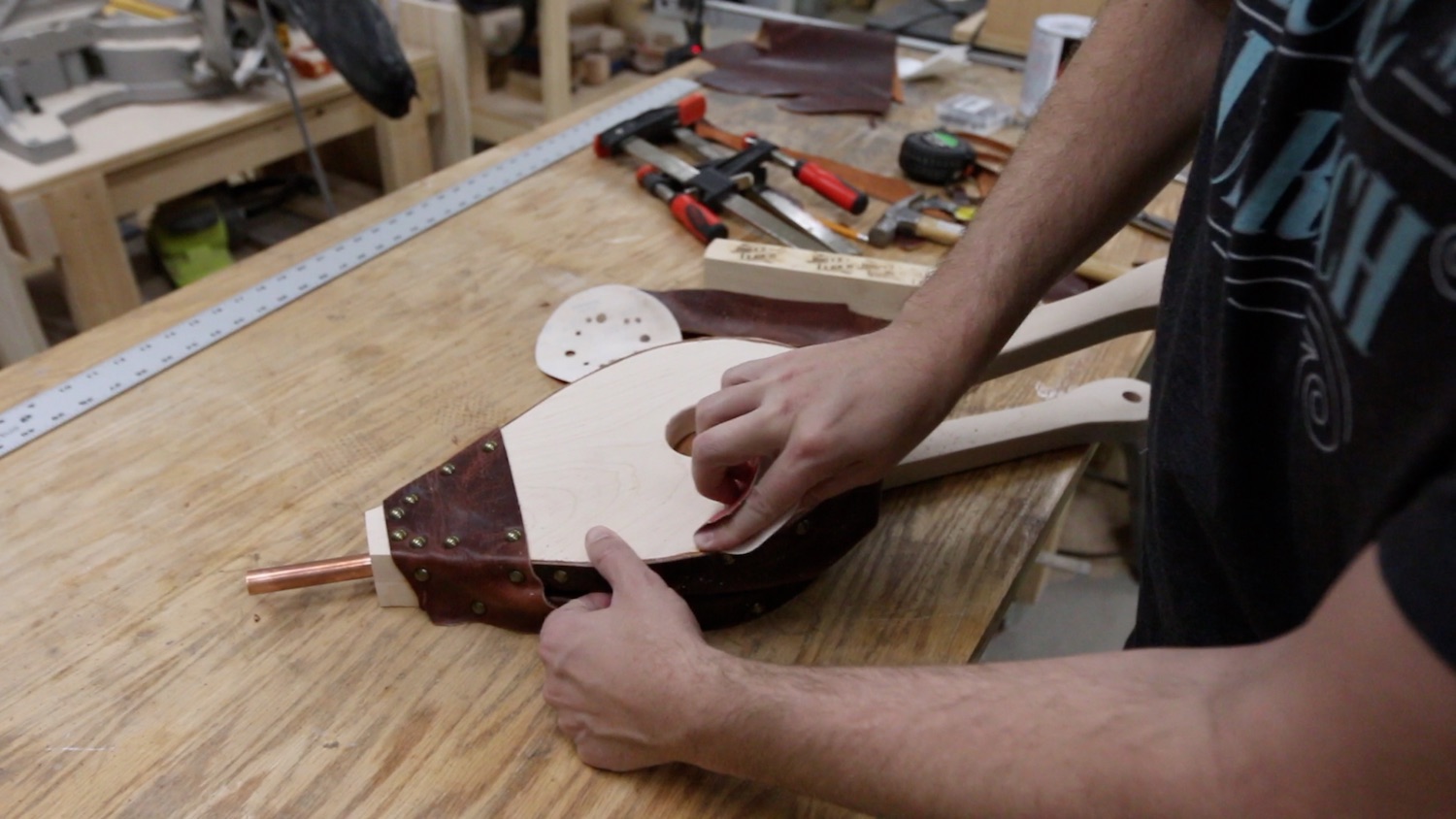How to Make A Fireplace Bellows
VIDEO
In this video, I show how to make a fireplace bellows. These have been used for centuries to keep fires going while saving your lungs from having to do the work. Take a look:
BACKGROUND
We live in Mississippi and it is very humid here. So much so that it is difficult to get a fire to stay lit at times. The wood seems to be damp, even on my woodpile. So, for our outdoor fireplace, we really needed something to help keep the fire going.
I was tired of blowing on the fire all of the time, so the fireplace bellows was definitely a necessity.
TOOLS & MATERIALS
(These are affiliate links. Clicking on them and buying anything on amazon helps support me, at no extra cost to you.)
Miter saw - http://amzn.to/2GxJbX4
Drum sander - https://amzn.to/2qyElSQ
Carpet tape - https://amzn.to/2vja3ck
Bandsaw - http://amzn.to/2BI2xJV
Files - https://amzn.to/2JM32UC
Random Orbit Sander - http://amzn.to/2GPjaUo
Spokeshave - https://amzn.to/2H1KUnW
Upholstery tacks - https://amzn.to/2IY9eru
Contact cement - https://amzn.to/2vgQxgF
Pipe cutter - https://amzn.to/2ELyfn7
5 Minute epoxy - http://amzn.to/2pw2zxp
Miter saw - http://amzn.to/2GxJbX4
STEPS
I started out by hand-drawing a shape that I liked. Since both sides of my drawing were not completely symmetrical, I used . trick that I've picked up over the years. Choose which side of the drawing that you like most. Then, find the center point of your entire drawing. Draw a line down the center, and fold it in half. Trace on the outside of the side you liked best onto the now folded side. Then, unfold and cut it out. It should be perfectly symmetrical. This is an easy way to get both sides of a shape perfectly symmetrical, even if you draw them by hand.
I grabbed a piece of maple that was about an inch thick and cut out two pieces on the miter saw. Each time I use my miter saw since adding on the support arms makes me really glad that I did that project. It is so much easier and safer to handle material now. I don't remember the exact length of this bellows, but I was making mine longer/larger than most I have seen. I will be the primary user of this, and I have long arms, so I wanted it to be able to reach the fire easily without me having to bend down as much.
Next, I stuck the two boards together with some carpet tape, traced out the design from my template onto the boards and took it over to the bandsaw to cut out the shape. I stayed outside of my line just a little so I could refine it later. I refined that line and shape with some files, rasps, a spokeshave and a random orbit sander. Really anything you have will work here...just so long as you can smooth out your shape and get rid of any tool lines the bandsaw left on the edges.
I shaped the handles with a number of tools starting with rasps and files, then moving on to the spokeshave and finally, the random orbit sander.
Next, I drilled a through hole in one of the sides. This would be part of the valve that makes the whole thing work. I also took that side to the bandsaw and cut off a portion of the tip. It is kind of hard to explain (I think I explain it really well in the video, because I can kind of show you), but this will become the hinge for the entire mechanism. The tip that I cut off gets glued back onto the other piece. Then, the now shorter piece can hinge and move with help from the leather.
Next, I used some contact cement to help adhere the leather to the inside of the hole. Contact cement works by applying it to two different surfaces, letting it dry for about 15 minutes so that it is just tacky to the touch, and then sticking the two surfaces together. The contact cement on either surface adheres to itself creating quite a strong bond.
Now, on to the leather.
I found this to be one of the most tricky parts of the entire build. With it being such a fluid shape, it was really hard to figure out how much leather I would need, and just how to draw out where my cuts would need to fall to accommodate the handles, etc. Some of it ended up just being trial and error, but I did a pretty good job not having too much waste in the end. There was just one kind of large scrap, but I'll be able to use that for some other project in the future. It will not get thrown away.
This is 5.5 oz leather, so it is pretty thick. That made it a little more difficult to work with, but sure do love the look and feel of the finished piece. It is substantial!
The valve mechanism is so simple in this bellows. I used to think it was some actual hardware inside of these, but it is simple mechanics. The through hole in one of the sides acts as an air intake. There is a piece of leather secured on three sides on the inside of this hole, with a little slack toward that fourth side. When you expand the bellows, it sucks air into the inside through the hole. Then, as you collapse it down, all of the air on the inside of the bellows presses on that leather "valve" on the inside, forcing it shut, and forcing the air to go out the only other place it can...the tip. This works surprisingly well, and it is so simple. I would love to know who first came up with it. I find that a little air leaks out of the intake hole, but it is definitely not enough to hinder the air coming out the tip from being very strong.
The next step was to drill a through hole in the tip for the copper pipe I would be using. I did this with a handheld drill, and ended up having to cut off a bit more of the tip of the shape since the drill bit I had was not long enough to get all of the way through. I also used some chisels to hollow out more of a channel on the inside, just inside of the pipe. Maybe I didn't need to do this, but I wanted plenty of space for the air to go down the pipe.
I cut some 1/2" copper pipe I had with a simple pipe cutter, and used some epoxy to affix it inside the tip of the bellows.
Next, I turned my attention back to finishing the leather. I added some more contact cement to both the leather and the sides of the maple. I adhered the leather on one side to the wood, and then flipped it over to add some upholstery tacks. These seemed to work best when I started off holding them with some needle nose pliers and then driving them home the rest of the way with the hammer. Every once in a while, one of them would get turned in such a way that it was ruined, but that's just how nails go sometimes. I've seen some other people predrill a hole so they don't split the wood as they nail these into it, but mine were small enough, there was no need.
I made my way around, measuring the distance between each tack with my compass set to about 2". This just seemed like a nice spacing. I'm glad I did this, because it turned out looking really great!
On the other side, I just had to really work with the leather to make sure I was giving it plenty of travel room to move. As I worked back toward the handles, I had to cut the leather to allow it to go around the handle. Then, on the top handle, I had to do a bit of folding of the leather to get it to work right. I just attached it at the folds with some more tacks, and it seemed to work well.
The last part of the leather working was adding another, smaller piece to the very front of the bellows. This covers the "hinge" part and makes it as air tight as possible. The only thing to really watch out for is how high up you go. I got lucky...I went pretty high up on the bellows, and I was worried at first that the leather would not be able to stretch to accommodate the opening of it. If you keep it closer to the tip of the bellows, you will not have as much trouble with this.
Next, I just trimmed off the excess leather, sanded it all again by hand (including the edges of the leather) and added some mineral oil to the maple. I didn't want another finish that would get all over the leather, so I just opted for a clean and simple mineral oil. I can reapply as the piece needs it, and it has a nice, organic feel.
The final part was to burn my logo into the leather with my new branding iron. (It is so satisfying!)
CONCLUSION
I came across some things in this project that challenged me, and I'm better for it, despite what I feel in those moments. During the build, it can be incredibly frustrating to run into snags, but I usually learn from them, and after the project is over, I have grown as a maker. Do your projects help you grow as a maker? What did you think of this project? Do you have a bellows? Did you even know what I bellows was until you saw this? Let me know what you think below, and thank you for following along with the project! Don't forget to watch the video!
































